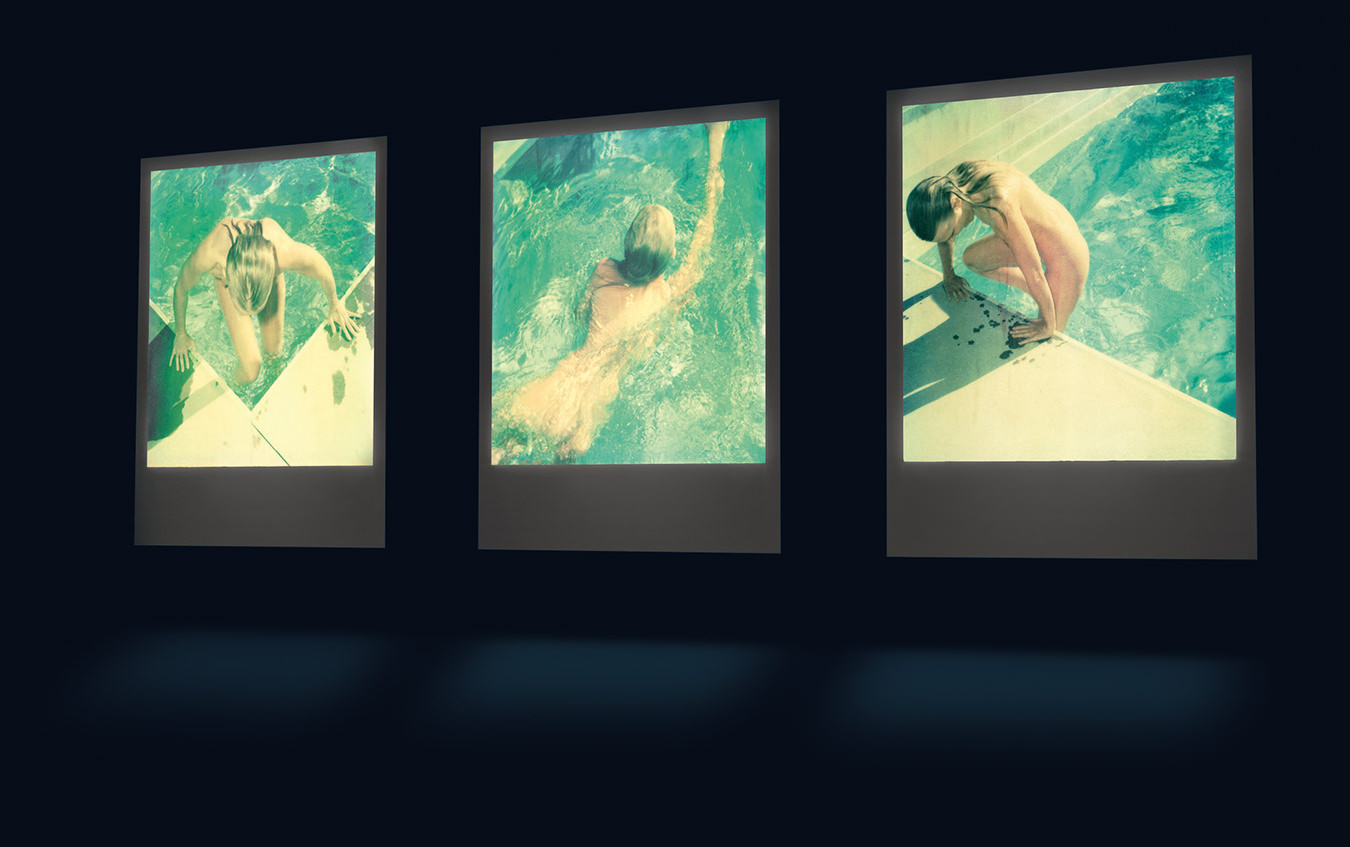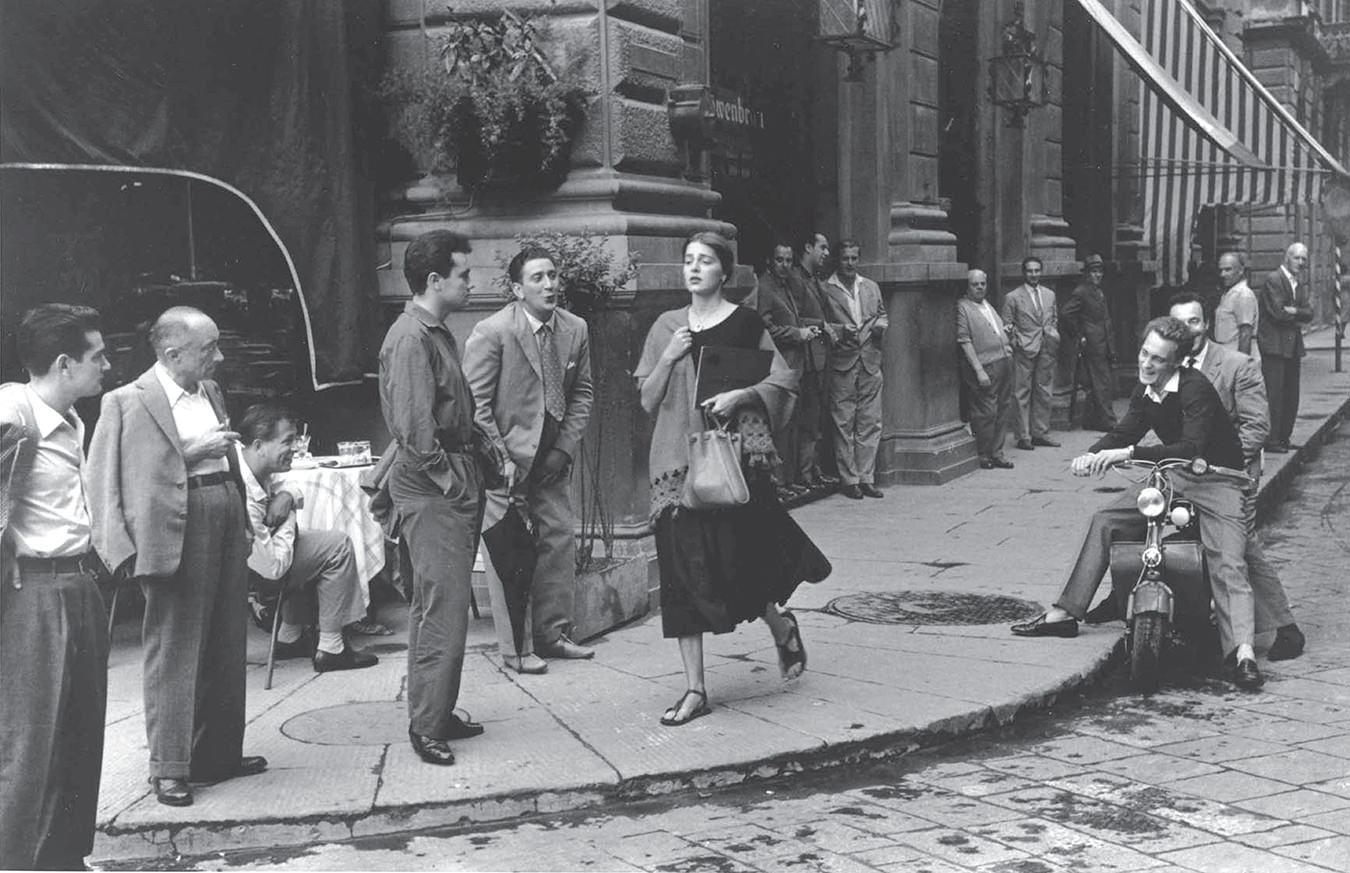-
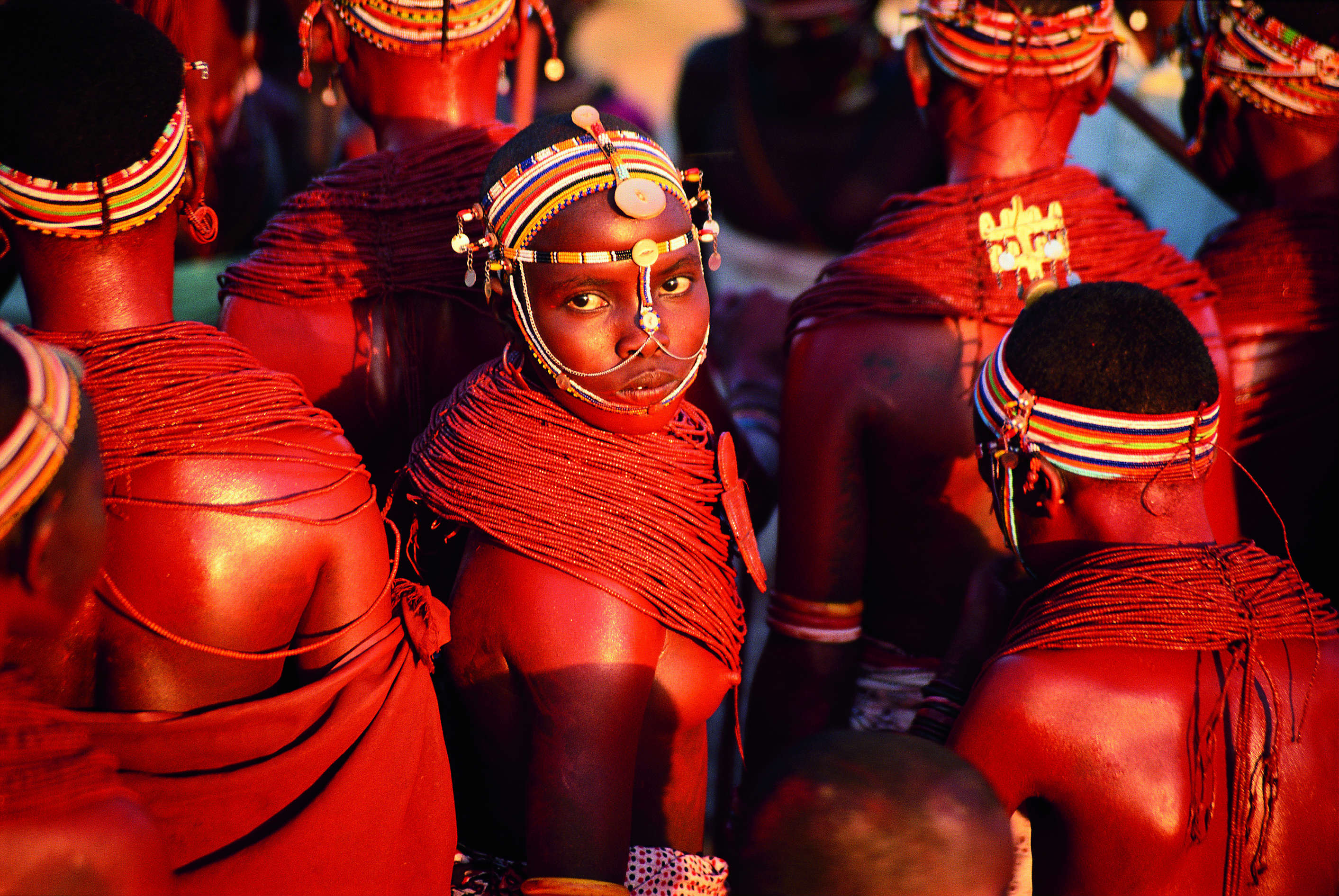
Young women gather at sunset on Marsabit Mountain, Kenya. From the shadows emerge the warriors, tall and thin, their long hair woven in tight braids dyed red with ochre and fat. Their songs attract the young girls, equally beautiful in beads and ochre. The warriors move forward, slapping the girls with their hair and leaping into the air, their spears flashing in the sunlight. The singing and dancing last long into the night. With the end of the rains, grass is abundant and milk plentiful. It is a time of great joy, a season of celebrations.
-

A young boy in Mongolia wears the traditional wrestling garb. Folklore has it that a girl in disguise once won a prestigious match. Since then participants must bare their chests to display proof of gender. Archery, wrestling, and horsemanship, the national sports of Mongolia, are all powerfully evocative of what allowed Genghis Khan to vanquish enemies and bring peace, stability, and religious tolerance to the nations of the ancient Silk Road. Archery recalls the technological achievement of the Mongo bow, the most powerful and deadly weapon of its time. Wrestling is about strength and holding ground, boots firmly planted, arms outstretched like the wings of an eagle, linking heaven and earth. Horse racing represents the courage and decisiveness necessary for survival on the vast steppes of Central Asia.
-
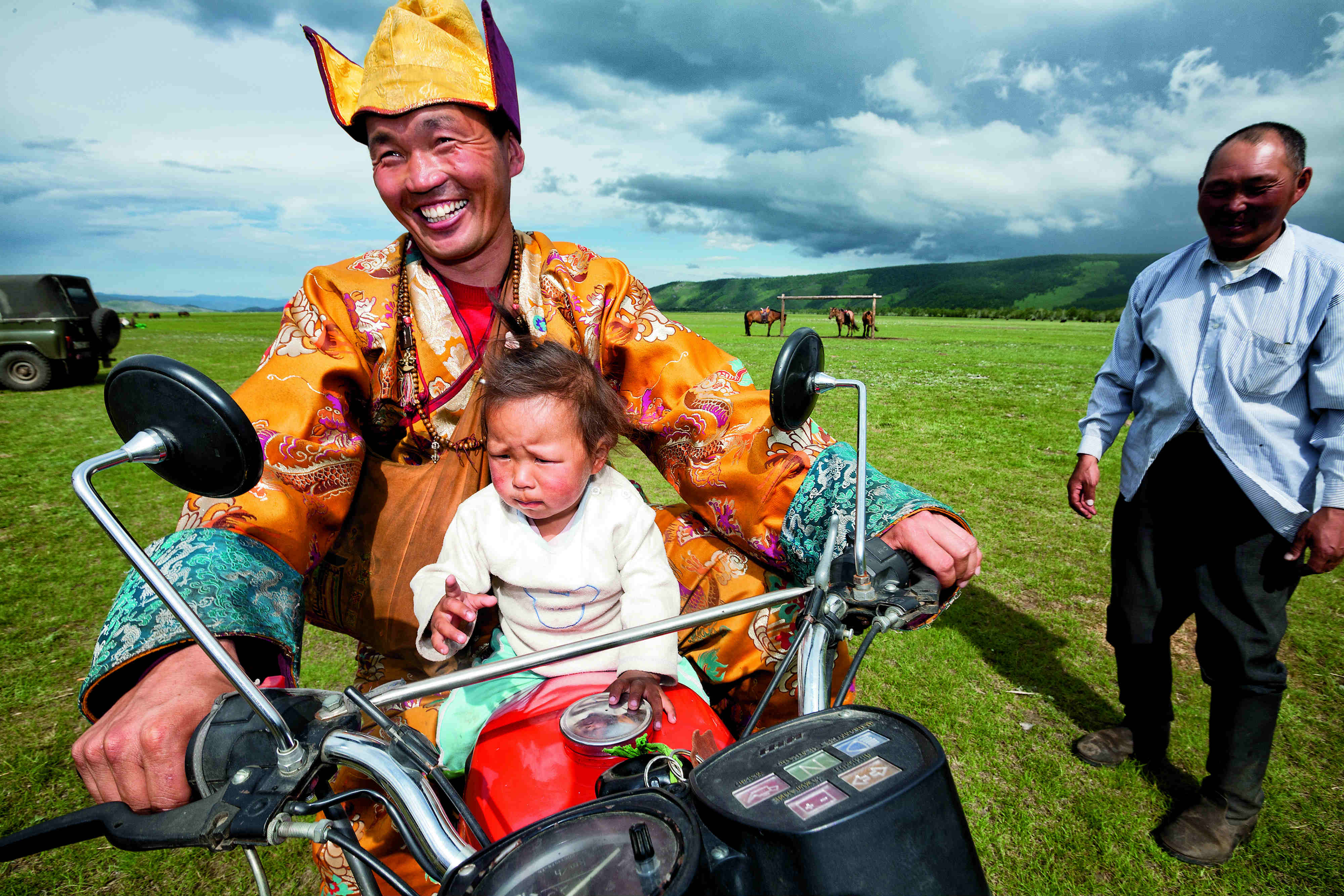
Namjin, seen here in his training grounds with his grandson on the handlebars and with the nephew of the Green Tara, a Buddhist Monk, the day following the Naadam. Namjin is as solid and steady as his close friend and rival Mukhdalai is clever, dissolute, and wily. Naturally, Mukhdalai’s rider, Janjivdor, a boy who had never lost, has once again won, crushing Namjin’s protege, Daluunbayer. But this night Mukhdalai’s luck will run out. Returning on another motorcycle, his iron horse, he breaks his leg, which has to be set by the monk with only vodka to quell the pain.
-
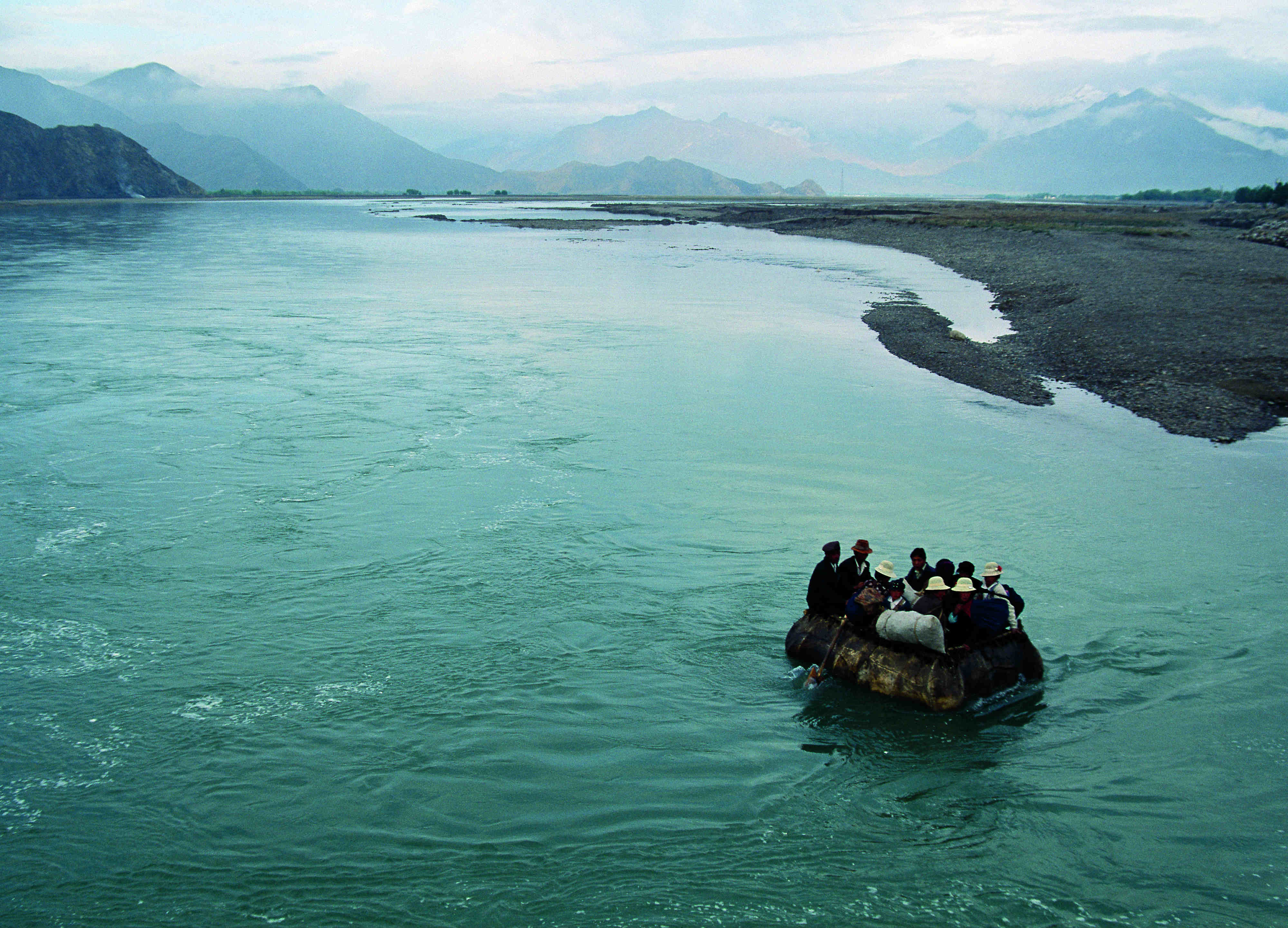
In the early morning men and women cross the Yarlung Tsangpo in a traditional coracle, which is simply a wooden frame wrapped in yak hide. Here in Linzhi Prefecture the Yarlung, the highest major river on earth, is about to plunge into the Tsangpo Gorge, the world’s deepest and most mysterious canyon. When it emerges on the southern side of the Himalaya, it will be known as the Brahmaputra, one of the great rivers of India.
-
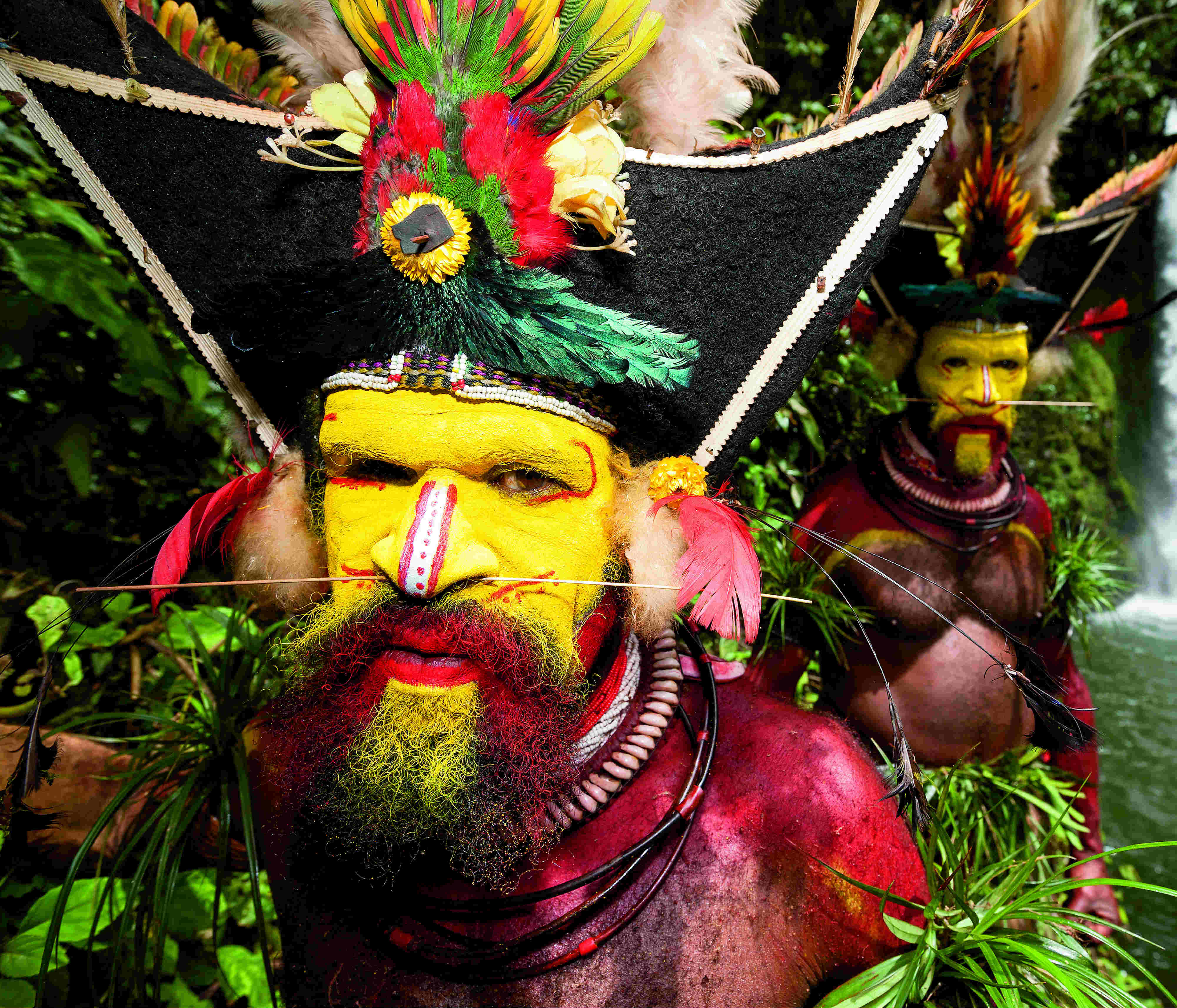
Among the Huli of the Tari Valley, New Guinea, becoming a man is to join a fraternity of tribal brothers, all warriors believed to be descendants of a single male ancestor. Boys enter seclusion for three years, forbidden to have any contact with women. They sleep on headrests that prevent their hair from being flattened or tangled. After 18 months the entire coif is cut close to the scalp and reformed into a tight headpiece festooned with parrot feathers and the iridescent-blue breastplate of the bird of paradise. The yellow and red face paints are derived from clay and orche, both believed by the Huli to be sacred.
Wade Davis: Photographs
An anthropologist behind the lens.
In new photography collection, Wade Davis: Photographs, Canadian author, anthropologist, professor, and former National Geographic explorer-in-residence Wade Davis has selected 140 photographs from the thousands he has taken over the course of 15 years of travel across 80 nations, from Africa to the Arctic, the Columbian Amazon to the temples of Tibet.
In compiling the collection, Davis, whose 2009 book The Wayfinders explored the widespread erosion of language and traditional culture, sought not to document the exotic but rather, to provide a platform for indigenous voices and identify resonant narratives relatable the world over. “There is a fire burning over the earth, taking with it plants and animals, ancient skills and visionary wisdom,” writes Davis of his mission to promote the value of cultural diversity. “At risk is a vast archive of knowledge and expertise, a catalogue of the imagination, an oral and written language composed of the memories of countless elders and healers, warriors, farmers, fishermen, midwives, poets, and saints—in short, the artistic, intellectual, and spiritual expression of the full complexity and diversity of the human experience.”
Wade Davis: Photographs beautifully honours the moments captured in each image with perspicacious accompanying captions (excerpted above) and essays by Davis, resulting in a thorough and illuminating volume capable of inspiring a new way of thinking about, as Davis writes, “the extraordinary matrix of cultures that envelopes the planet.”
Wade Davis: Photographs was released October 2016 by Douglas & McIntyre. Images courtesy of publisher.

